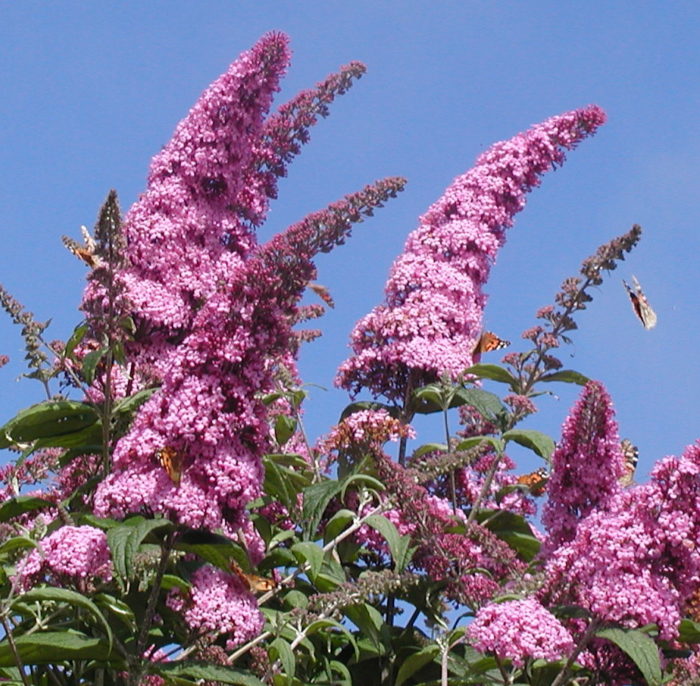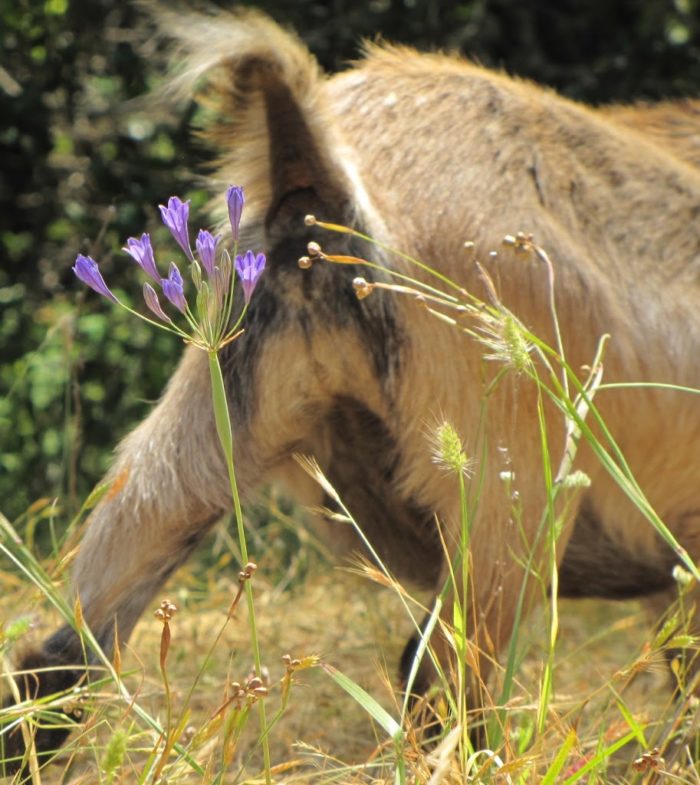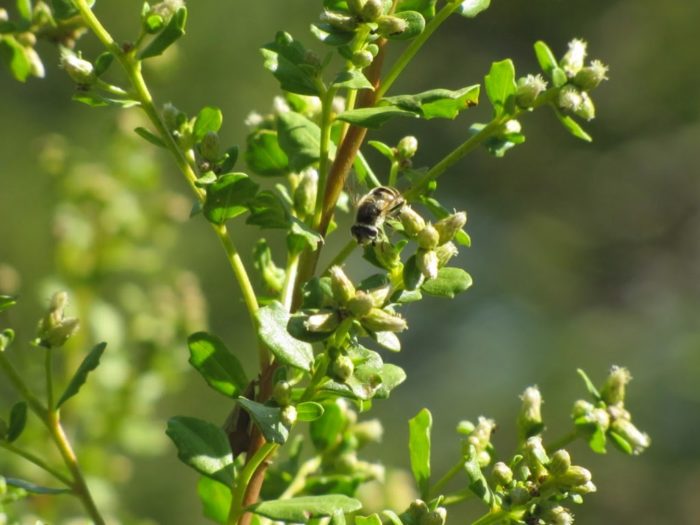Sphinx or Hawk moth, about the size of a hummingbird. Perhaps it is the patron moth for a garden of a Jungian analyst (me!)— a sphinx moth! Otherwise unnoticed, she mysteriously shines in the flash of the camera as she searches for nectar from lavender, Lot Goatsong. These moths work primarily at twilight or night…. Read more »
Night Pollinators




Recent Comments